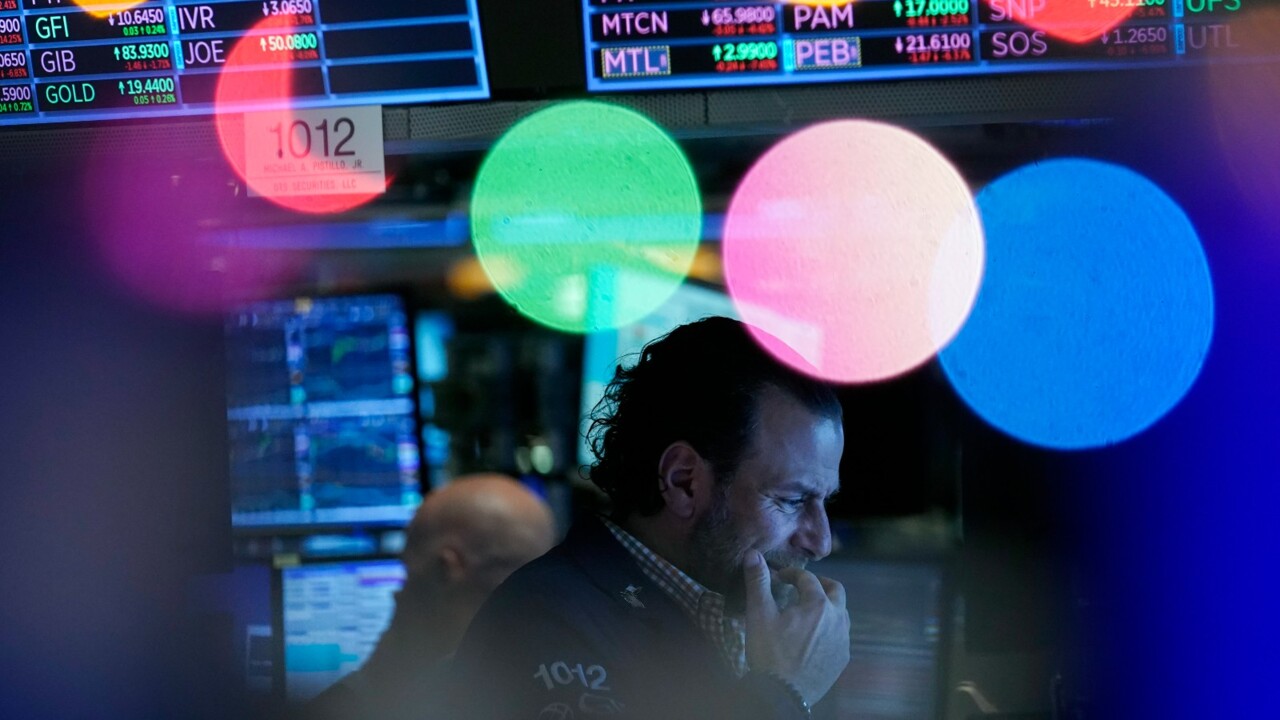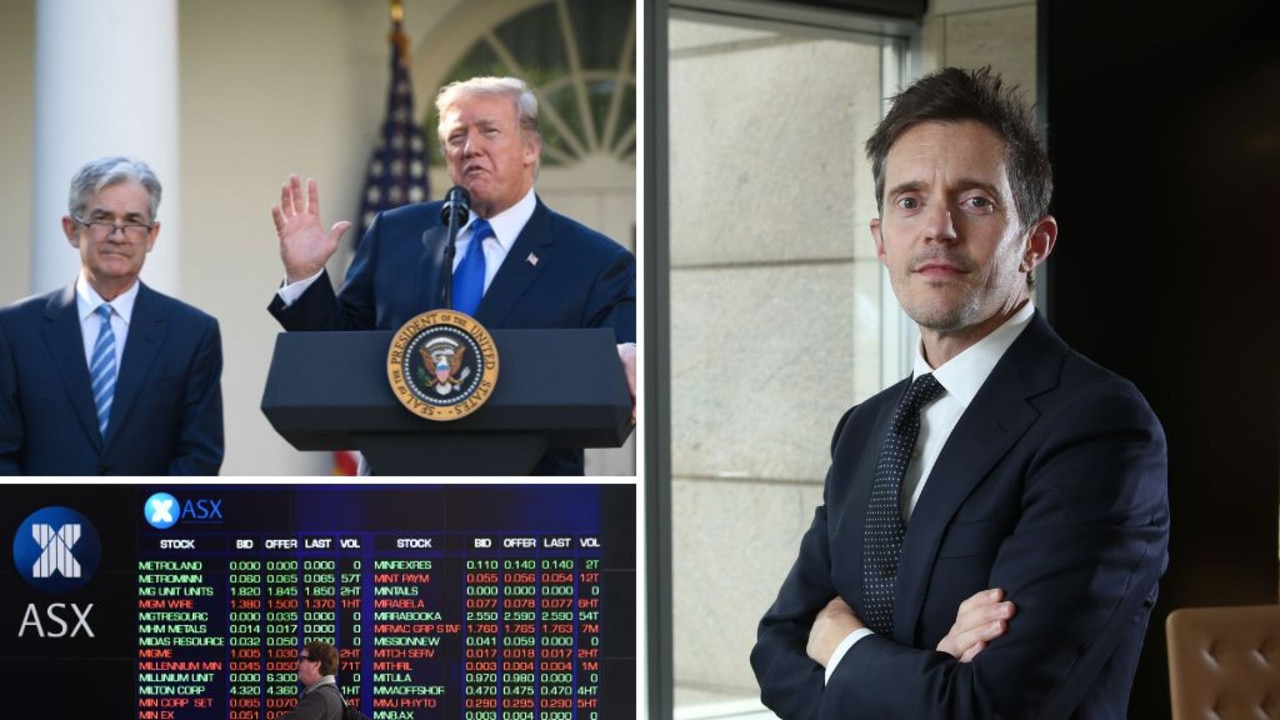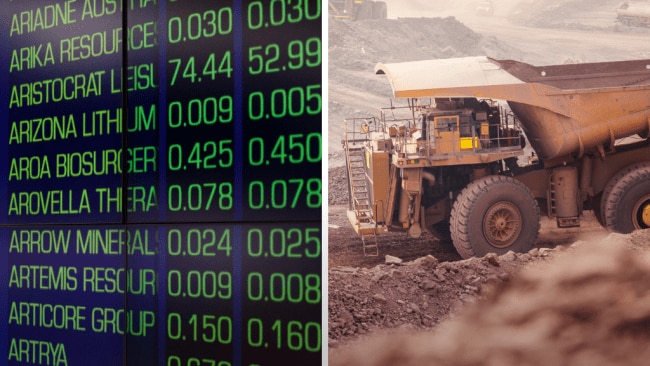
Consumer discretionary is up 6.7 per cent this month compared with 2.6 per cent for the ASX 200. It’s the third best performing sector behind tech and financials this year, having soared 15.6 per cent against 5 per cent for the ASX 200.

It comes as Australia’s inflation data at the end of the month is expected to determine whether the Reserve Bank keeps interest rates on hold or raises its cash rate target to a more than 12-year high of 4.6 per cent, from the current level of 4.35 per cent where it has been since November.
Some of the strength in the ASX consumer discretionary sector comes from offshore income earners like Aristocrat and Light & Wonder, which are more exposed to the US economy.
That’s arguably been even more resilient to rate rises than Australia and could get a further kick from US interest rate cuts which are expected to start in September. But Wesfarmers and JB Hi-Fi have also shot the lights out on a year-to-date and month-to-date basis.
Indeed it’s not just the banking sector where analysts are struggling to keep up this year.
Wesfarmers is up about 27 per cent year to date and 10.8 per cent this month alone, closing up $1.32 at a record high of $72.19 on Tuesday. That’s 24 per cent above Bloomberg’s consensus 12-month target price.
Morgan Stanley doubled down on its sell recommendation for Wesfarmers early this month, saying that its valuation “continues to look stretched” and that Wesfarmers’ lithium investments won’t contribute to earnings until FY27. Shares are up about 8 per cent since then.
JB Hi-Fi is also up about 27 per cent this year and 10.4 per cent this month. The electronics retailer’s shares hit a record high of $67.64 Tuesday – about 17 per cent above the consensus 12-month target.
Citi has a $74 price target on JB Hi-Fi – the highest among analysts. As the Australian computer market leader, JB Hi-F is well placed to take advantage of a rebound in the industry that Citi expects over the next two years, reinforced by adoption of AI PCs. But is there something else going on?
Elsewhere in the sector, Flight Centre is up about 14 per cent month to date, while Harvey Norman is up about 9 per cent. Super Retail is up about 11 per cent even after the owner of retail chains Rebel and Supercheap Auto was plunged into a bullying and sex scandal in April.
All of these stocks are heavily exposed to the health of the Australian consumer in aggregate.
However, they’re doing much better than the broader Australian sharemarket.
The bigger question is how sales are going in the first few weeks of FY25.
Are investors also betting on a strong start to the financial year for discretionary retail?
UBS upgraded the Australian consumer discretionary sector to “overweight” on June 24 based on its quarterly “Evidence Lab” survey of about 1000 consumers from mid May to early June.
The survey showed consumers were “growing more resilient” in their spending patterns as higher job security and rising asset prices are able to counter cost-of-living challenges.
Moreover, consumers’ spending intentions in aggregate for the next 12 months lifted further into positive territory to a near record high since UBS started its survey in 2019.
The improvement versus the previous quarter was across several industries; especially in areas that were previously soft, like food, eating out, international travel, and entertainment, UBS said.
Importantly, spending intentions by income level over the next 12 months were strongest for middle-income households earning $48,000 to $120,000 per year.
Income expectations also continued to rebound, again driven by middle-income households.
“The lift in spending intentions suggests large tax cuts worth $23bn – almost 1 per cent of GDP of 1.25 per cent of household income – from July 2024 will likely be largely spent,” UBS said.
“Interestingly, households reported their financial outlook was supported by the resilient labour market and rising asset prices; albeit they are more worried about rising interest rates.”
Household expectations for interest rates over the next year were also “materially higher”, probably reflecting the RBA turning more hawkish over recent months, and now clearly stating it is considering increasing rates again in contrast to earlier in 2024 when it considered a rate cut.
But the tax cuts alone are equivalent to RBA rate cuts of about 1 percentage point off net interest.
In other words, to generate a fall in net interest paid that is equivalent to 1.25 percentage points of income, the RBA would have to cut the cash rate by about 100 basis points.
If household spending intentions in aggregate are as “resilient” as UBS says, even while households expect “materially higher” interest rates, the question is whether another rate rise would significantly damage the consumer discretionary sector or just provide a better buying opportunity.
Meanwhile, Deutsche Bank dialled up its call for a restart of rate increases.
“The RBA thinks inflation expectations ‘remain consistent with the inflation target’, but with headline inflation outcomes above target for the past three years, and forecast to stay that way for another 18 months, cracks are emerging,” Deutsche Bank chief economist Phil Odonaghoe said.
Headline inflation has been above the RBA’s 2 to 3 per cent target range every quarter since mid 2021 and, on the RBA’s forecasts, it is expected to remain there until the end of 2025.
The Melbourne Institute’s monthly household inflation expectations survey shows the proportion of respondents who expect inflation to be in the 2 to 3 per cent target range has only been lower than current levels during periods of acute price shocks, and never for as long as in the current episode.
The Deutsche Bank Inflation Expectations Index shows that after a trend decline since early 2023, inflation expectations rose slightly in the June quarter.
Mr Odonaghoe says that if that continues over the second half of the year, the RBA’s willingness to tolerate above-target inflation outcomes until the end of 2025 “could prove costly.”
“As it navigates the ‘narrow path’ back to target, the Bank has repeatedly made clear it is alert to the risk that inflation expectations could decouple from the inflation target,” he said.
“These early warnings from inflation expectations only add to the case for tighter policy.”
Deutsche Bank is one of about six financial markets forecasters that expect the RBA will lift the cash rate by 25 basis points at its upcoming meeting in August.




Tax cuts, wage increases and government subsidies, plus the resilience of consumption in a strong labour market, immigration and baby boomer spending may go some way to explaining why consumer discretionary retail is the best performing sector on the ASX this month.